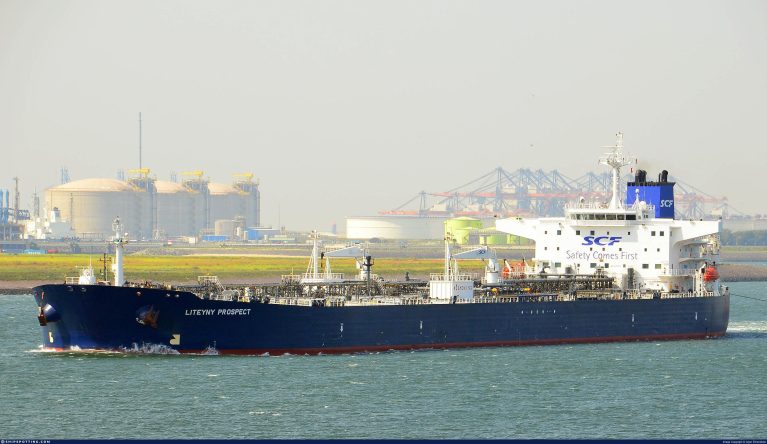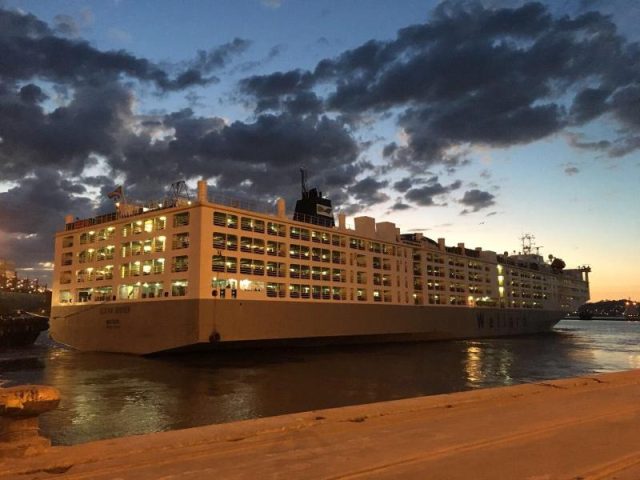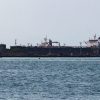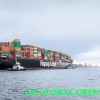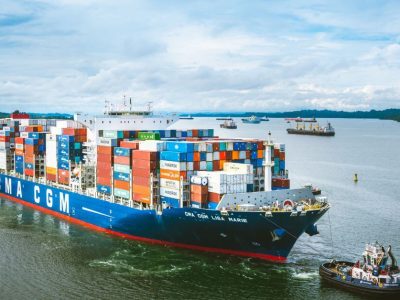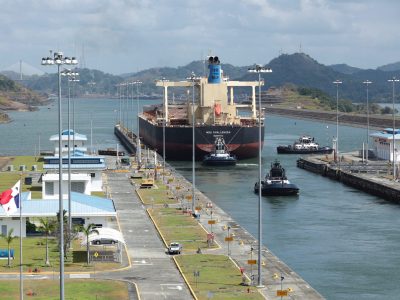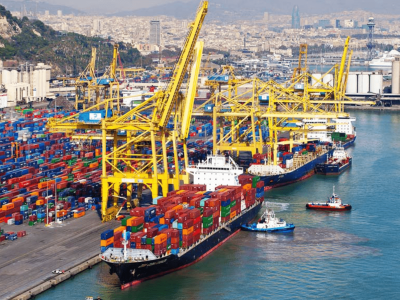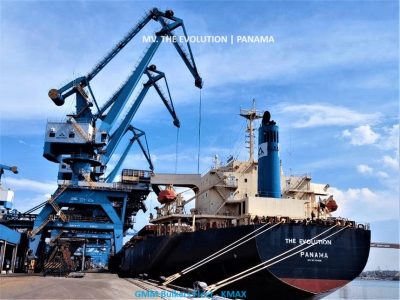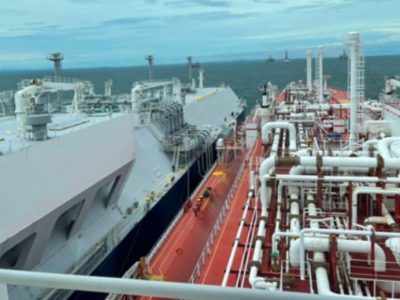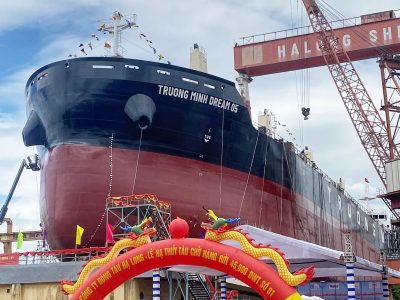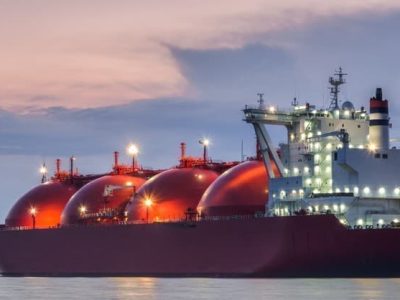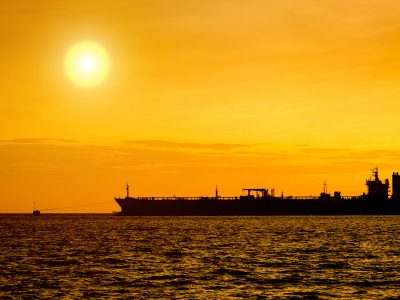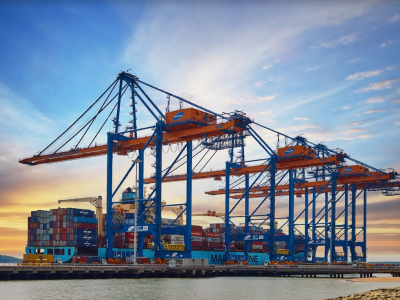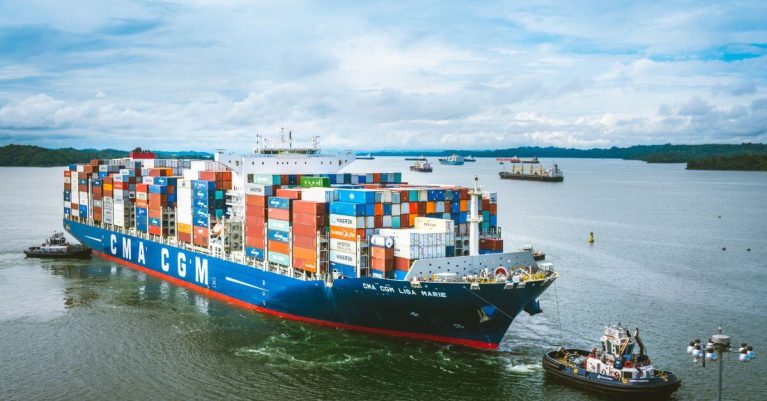By GMM News | 2024-10-14 | International Shipping News |
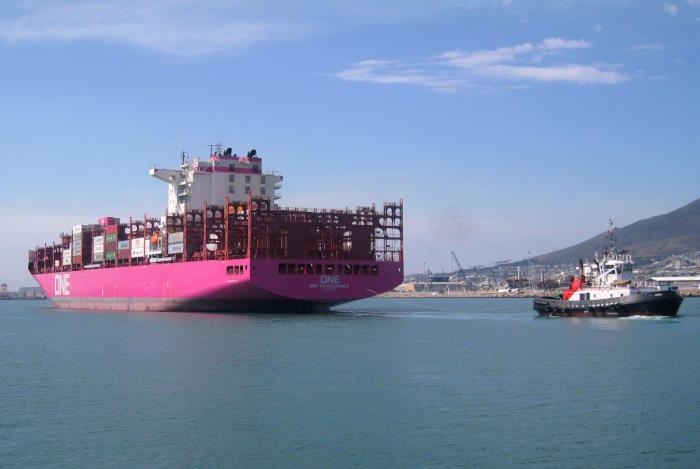
The Red Sea diversions over the last year have shown trade is like water—it will always find a way to flow. The old adage “trade at rest is not making money” is the fuel behind the investment and expansion of services ocean carriers and other logistics companies have been making to increase their touch points in moving the flow of trade. The more you control the movement of a container, the more money you will make, in theory.
According to Xeneta, diversions around the Cape of Good Hope have caused global TEU-mile demand to increase by 17.2% year-on-year in 2024. To offset the longer transit times, the global fleet is expected to grow by 4.5% in 2025. While the growth is less than half the growth in 2024, the additional capacity will help to ease the impact of longer sailing distances around Africa.
Even with the decrease in global consumer demand, the longer routes have established an artificial floor for freight rates. Ocean freight rates may be off their highs, but compared to pre-Red Sea rates, they are up anywhere from +241% per FEU from the Far East to the West Coast, to +148% from the Far East to Europe and +112% from the Far East to the Mediterranean. This, coupled with the surcharges, means the price to travel on the ocean highway is not going down anytime soon.
Wednesday’s announcement from Maersk and Hapag-Lloyd, stating that their Gemini Alliance, which starts in February, will not traverse the Red Sea until it is safe, is an example of this diversion becoming more normalized.

Emily Stausbøll, Senior Shipping Analyst at Xeneta, said that with no sign of a political resolution to the conflict in the Red Sea and major carriers confirming ships will continue to divert around Africa in 2025, shippers should expect further disruption in the year ahead.
“This puts the market in a very precarious position because any further disruptions will send spot rates spiraling once again if shipping capacity is still being absorbed by the Red Sea diversions,” said Stausbøll. “A large-scale return to the Red Sea is highly unlikely, but it is possible some China-affiliated carriers begin sailing through the region in 2025 if the risk is deemed low enough. This will create an interesting market dynamic if shippers have the option of a shorter transit time with Asian carriers via the Suez Canal or a longer transit time with European carriers around Africa.”
These trade diversions can also influence the expansion of logistical services and pave the way for more opportunities for alternative port destinations and near-shoring countries.
Paul Brashier, vice president of global supply chain for ITS Logistics, explained that the Red Sea diversions have significantly changed how goods are brought into the US from Asia and especially SE Asia.
“US shippers are routing most of those goods through West Coast ports and increasing the use of rail to get those goods to the East Coast,” said Brashier. “This paradigm shift has essentially brought operations back to how they were pre-COVID and pre-West Coast labor disruption.”The biggest concern right now, Brashier said, is the heavy reliance on rail for this shift.
“We are keeping a close eye on whether current rail infrastructure can handle this volume and get goods to the US supply chain as needed. 2025 will be an important year for that,” Brashier added.
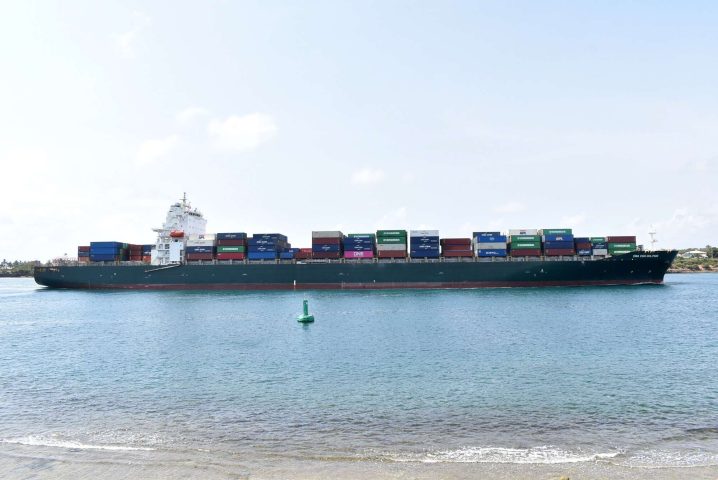
Alan Baer, CEO of OL USA, said American importers and exporters have adapted their supply chains to the extended transit times resulting from the trip around Africa vs. the Suez Canal. This is creating opportunities for other parts of the world and strengthening additional trade routes.
“Due to the heightened risks of vessel diversions around Africa, the adoption of new sources of supply for many organizations has accelerated, including near-shoring activity in Central and South America,” said Baer.
So, as we approach year two of the Red Sea diversions, we will watch the jockeying of companies trying to capture the most container touches. In times of uncertainty, the only thing you can count on is the ability to pivot and innovate.


